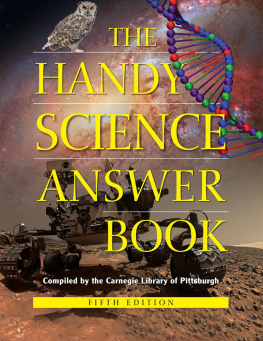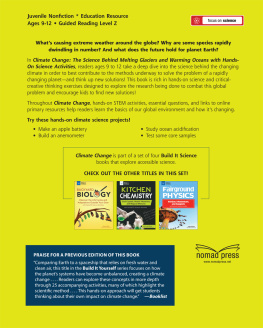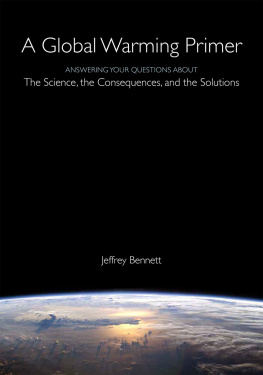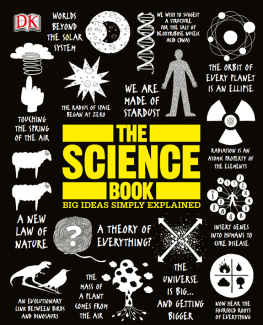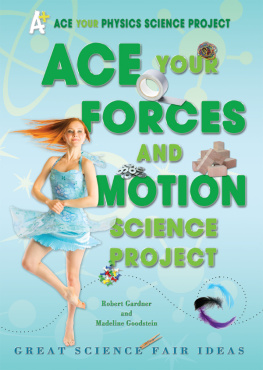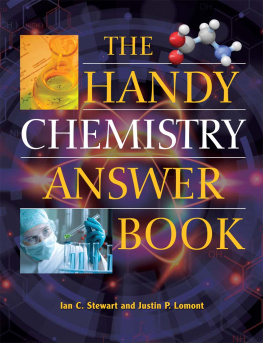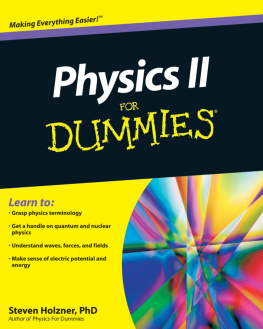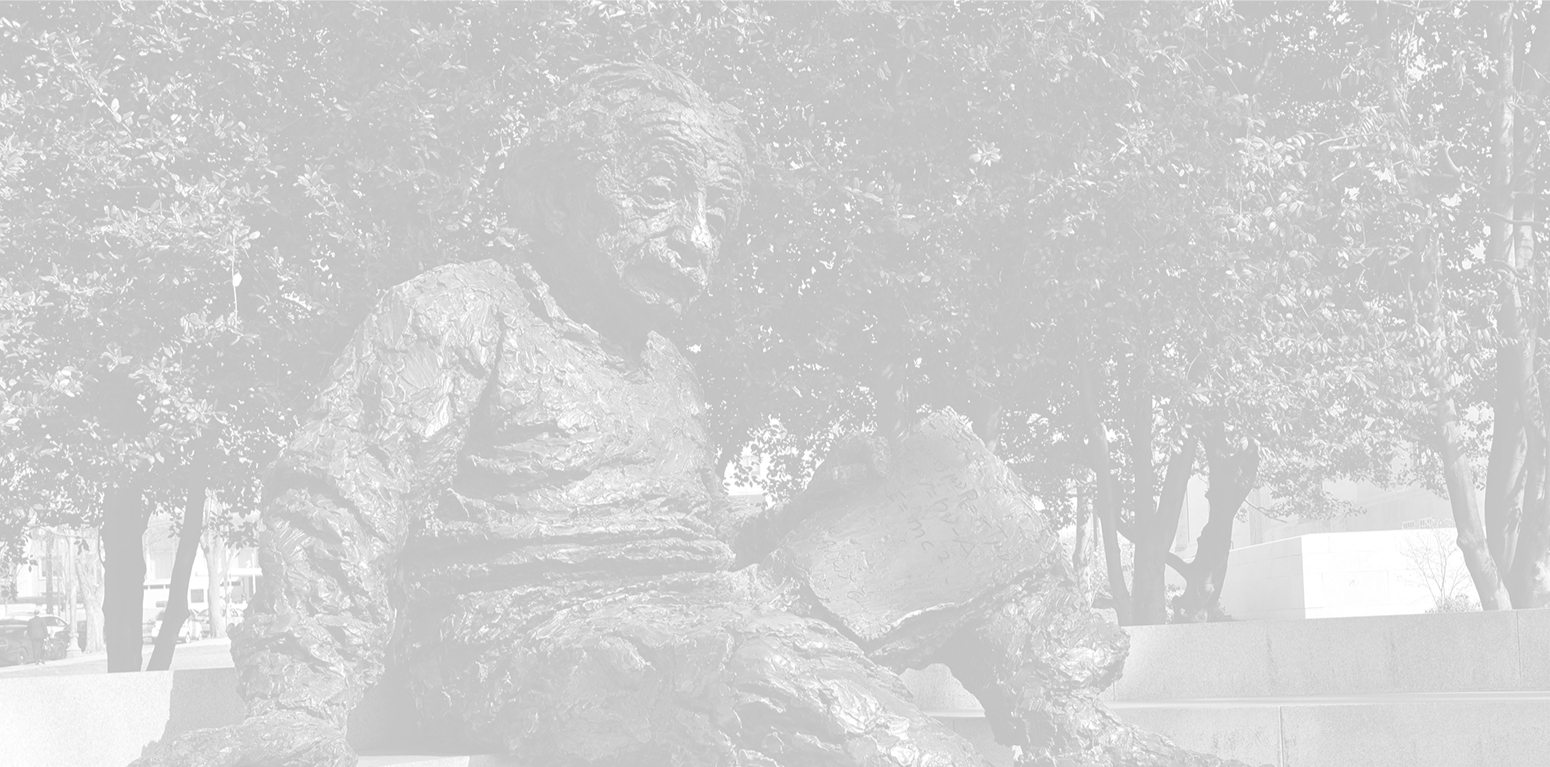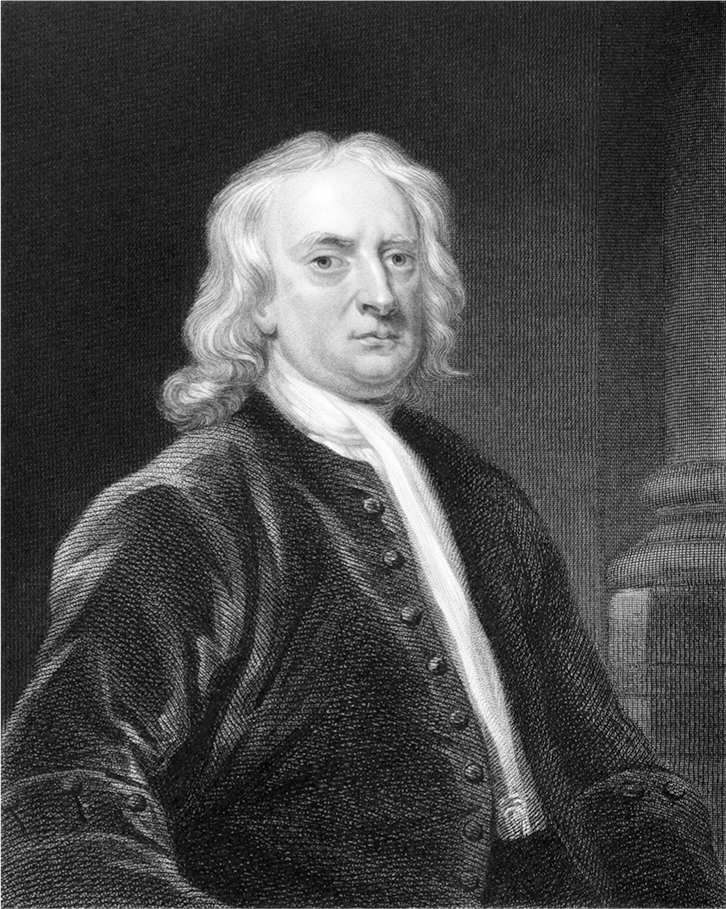The Carnegie Library of Pittsburgh - The Handy Science Answer Book
Here you can read online The Carnegie Library of Pittsburgh - The Handy Science Answer Book full text of the book (entire story) in english for free. Download pdf and epub, get meaning, cover and reviews about this ebook. year: 2019, publisher: Visible Ink Press, genre: Children. Description of the work, (preface) as well as reviews are available. Best literature library LitArk.com created for fans of good reading and offers a wide selection of genres:
Romance novel
Science fiction
Adventure
Detective
Science
History
Home and family
Prose
Art
Politics
Computer
Non-fiction
Religion
Business
Children
Humor
Choose a favorite category and find really read worthwhile books. Enjoy immersion in the world of imagination, feel the emotions of the characters or learn something new for yourself, make an fascinating discovery.
- Book:The Handy Science Answer Book
- Author:
- Publisher:Visible Ink Press
- Genre:
- Year:2019
- Rating:5 / 5
- Favourites:Add to favourites
- Your mark:
The Handy Science Answer Book: summary, description and annotation
We offer to read an annotation, description, summary or preface (depends on what the author of the book "The Handy Science Answer Book" wrote himself). If you haven't found the necessary information about the book — write in the comments, we will try to find it.
Science is everywhere, and it affects everything! DNA and CRISPR. Artificial sweeteners. Sea level changes caused by melting glaciers. Gravitational waves. Bees in a colony. The human body. Microplastics. The largest active volcano. Designer dog breeds. Molecules. The length of the Grand Canyon. Viruses and a retroviruses. The weight of a cloud. Forces, motion, energy, and inertia.
It can often seem complex and complicated, but it need not be so difficult to understand. Celebrating its twenty-fifth year and with over one million copies sold, the newly updated and completely revised fifth edition of The Handy Science Answer Book makes science and its impact on the world fun and easy to understand. Clear, concise, and straightforward, this informative primer covers hundreds of intriguing topics, from the basics of math, physics, and chemistry to the discoveries being made about the human body, stars, outer space, rivers, mountains, and our entire planet. It covers plants, animals, computers, planes, trains, and cars.
This friendly resource answers more than 1,600 of the most frequently asked, most interesting, and most unusual science questions, including ... When was a symbol for the concept of zero first used? How large is a google? Why do golf balls have dimples? What is a chemical bond? What is a light year? What was the grand finale of the Cassini mission? How many exoplanets have been discovered? Where is the deepest cave in the United States? How long is the Grand Canyon? What is the difference between weather and climate? What causes a red tide? What is cell cloning and how is it used in scientific research? How did humans evolve? Do pine trees keep their needles forever? What is the most abundant group of organisms? How do insects survive the winter in cold climates? Which animals drink seawater? Why do geese fly in formation? What is FrogWatch? Why do cats eyes shine in the dark? Which industries release the most toxic chemicals? What causes most wildfires in the United States? Which woman received the Nobel Prize in two different fields (two different years)? What is the difference between science and technology?
For anyone wanting to know how the universe, Earth, plants, animals, and human beings work and fit into our world, this informative book also includes a helpful bibliography, and an extensive index, adding to its usefulness. It will help anyones science questions!
The Carnegie Library of Pittsburgh: author's other books
Who wrote The Handy Science Answer Book? Find out the surname, the name of the author of the book and a list of all author's works by series.

